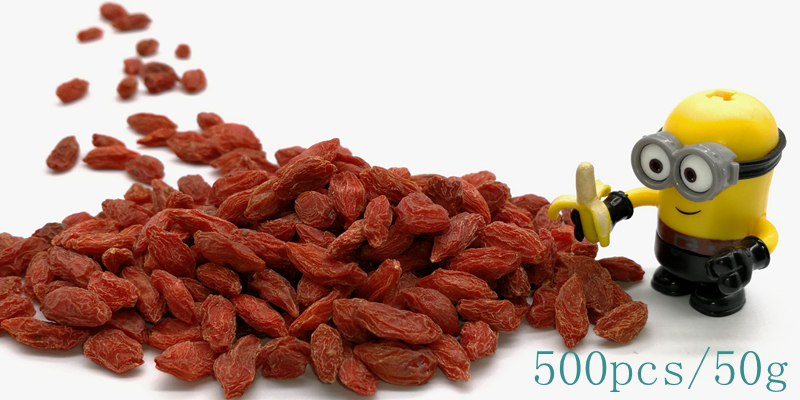Bacterial disease occurs everywhere, in addition to harming seedlings of Solanaceae vegetables, but also invade cucumber, kidney beans, lettuce, Gan cabbage and other crops.
Symptoms often occur at higher bed temperatures or late nursery stages. The pedicel base of the susceptible seedlings produces oval-shaped brown lesions. After the extension, the stem base of the seedlings turns brown and shrinks. Stems and leaves are wilted during the day and return to normal sooner or later, withering and die after a few days. But it is not as easy as lodging. Spider web-like mycelium is often present in diseased plants and in the vicinity when wet. The disease is a fungal disease.
Pathogenesis: The pathogens use mycelium or sclerotium to survive winter in soil and have strong saprophytic properties. They can live on other substrates for many years. Bacteria can damage the seedlings. The weak seedling growth, leggy seedlings or injured seedlings are all susceptible to bacterial infection. . When the bed temperature is 20-25°C, the higher the humidity, the heavier the onset. Warm and humid, sowing too dense, too much water, etc., resulting in stuffy wet bed, is not conducive to the growth of seedlings are susceptible to disease.
Control methods: 1, choose a higher ground, drainage and irrigation convenient place for seedbed. Sowing is not easy. Use seedless soil or sterilized soil as seedbed soil. 2, generally 2-3 weeks before sowing per square meter of bed soil with 450 ml of formaldehyde and 30 kg of water, poured on the bed soil, cover 4-5 days later, remove the cover and loosen, about after 10-15 days sowing. 3. Use 50% carbendazim or 50% Thiophanate-methyl 90-100g per square meter to spread the soil on the bed soil and cover it. 4, the sickbed found diseased plants, can be used 75% chlorothalonil 1000 times solution or copper ammonia mixture spray, when the humidity can be mixed into a drug soil applicator. If the seedbed is too wet, it can be used to sow wet ash. (Hubei Dangyang Agricultural 110 Service Center)
Goji berries should be kept in a cool, dark place away from heat, moisture, and sunlight. If extended storage is needed, goji berries can be frozen in an airtight container.
Our Low Pesticide Goji Berry is produced in accordance with the EU standards 0231010 : Tomatoes(goji berry is classified to tomatoes).
For the low pesticide goji berry, we control it in the planting process. A month or so before picking, it is forbidden for farmers to spray pesticides on the goji trees. In addition, we strictly prohibit farmers to use prohibited pesticides.
Of course, the types and quantities of pesticides need to be tested to confirm. We could offer organic certificate and test report, there are more than 200 items scanned by EUROFINS, Complies with EU standard.
|
Category |
SO2 |
Pesticide |
|
Low pesticide / EU standards |
<15ppm |
Meet EU pesticide standards |
Goji berries should be kept in a cool, dark place away from heat, moisture, and sunlight. If extended storage is needed, goji berries can be frozen in an airtight container.
Size 500 Low Pesticide Goji Berry
Size 500 Low Pesticide Goji Berry,Organic Bulk Goji,Dark Red Goji Berry ,High Standard Goji Berry
NINGXIA UNION-SURE CO., LTD. , http://www.unionsuregoji.com